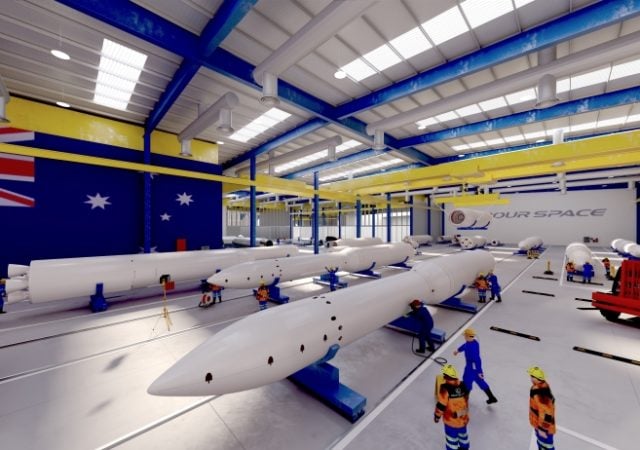Traditional methods of valuing a business often assume the firm is a “going concern” with a track record of performance, or has solid forward projections upon which to rely.
In many instances established valuation methods simply could not be applied to a start-up scenario.
In response, different methods were developed, including five we discuss here:
- Berkus Method
- Scorecard Method
- Risk Factor Summation Method
- Venture Capital Method
- First Chicago Method
Berkus Method
The Berkus Methos was developed in the 1990’s by prolific angel investor David Berkus for application to pre-revenue start-ups.
Berkus has stated that fewer than one in a thousand start-ups meet or exceed their projected revenues in the periods planned. Consequently, his method ignores the founder’s revenue and profit projections. In addition, the investor/valuer must be of the belief that the company will reach $20 milllion in revenue by the fifth year.
A value is assigned to each of five key elements. Then these values are combined to derive the start-up valuation. The five key elements in the Berkus method are:
- Sound Idea (basic value)
- Prototype (reducing technology risk)
- Quality Management Team (reducing execution risk)
- Strategic Relationships (reducing market risk)
- Product roll-out or Sales (reducing production risk)
Scorecard Method
This method was developed by angel investor Bill Payne. Key is a comparison between the target business and other similar start-ups.
Ignoring subjective financial forecasts, the first step when applying the Scorecard Method is to determine the average pre-money valuation of pre-revenue companies in the region and business sector of the target company. Without a thorough involvement in the industry this could be difficult in Australia (it is a lot easier in the United States).
Once you have this average valuation, adjustments are made by comparing the start-up to the perception of other start-ups within the same industry. Factors compared are:
- Strength of the Management Team (0–30%)
- Size of the Opportunity (0–25%)
- Product/Technology (0–15%)
- Competitive Environment (0–10%)
- Marketing/Sales Channels/Partnerships (0–10%)
- Need for Additional Investment (0–5%)
- Other Factors (0-5%)
The valuation is then calculated by applying the weightings outlined above.
Like the Berkus Method, the Scorecard Method ignores revenue forecasts. The problem with this method though is, firstly, the initial step of finding average start-up valuations in the area/industry is very difficult. Secondly, even with this data, one then needs to compare the target company with other start-ups, in order to undertake this step, one would need a very thorough knowledge and understanding of their local start-up market.
Risk Factor Summation Method
Like the Scorecard Method, it starts with the average pre-money valuation of pre-revenue companies in the region and business sector of the target company.
Once the average value of pre-revenue and pre-money start-ups has been determined, it is then adjusted for 12 standard risk factors. This method forces investors and valuers to consider the various areas of risks which a venture must manage in order to achieve success. The 12 risk factors are:
- Management
- Stage of the business
- Legislation/Political risk
- Manufacturing risk
- Sales and marketing risk
- Funding/capital raising risk
- Competition risk
- Technology risk
- Litigation risk
- International risk
- Reputation risk
- Potential lucrative exit
Values are attributed to each of the above factors which in turn are added/deducted from the average to determine the final valuation amount.
Below is an example of how these factors might be quantified:
- Very Low (+$500k)
- Low (+$250k)
- Neutral ($0)
- High (-$250K)
- Very High (-$500k)
Venture Capital Method
The Venture Capital Method looks at what an investor requires in return for their investment. The VC Method was first described by Professor William Sahlman at Harvard Business School in 1987.
The first step is to estimate the terminal value of the business at some point in the future, for example five years. The terminal value is the return the investor receives when they exit the company.
The selling price can be estimated by determining an expected revenue level, and then applying industry specific profit margins.
Finally, broad based earnings multiples are applied to the estimated net earnings. For example, a software company is expected to reach revenue of $30 million in five years.
Average net earnings for software companies might be 20%, so a net profit of $6 million is used. Industry specific earnings multiples for software companies are then applies to the estimated profit. Let’s assume 7x earnings, resulting in an estimated terminal value of $42m ($6m x 7).
The second step is to compensate for the high risk involved with investing in start-ups. Let’s say the investor requires a return of 20x their investment within the five-year timeframe. This would value the company at $2.1m post-money ($42m/ 20). If the founder and investor agreed on an investment of $500,000, this result in a pre-money valuation of $1.6($2.1m less $500k).
Note: the above example does not include any allowance for dilution.
First Chicago Method
The First Chicago Method is essentially a variation on the Discounted Cash Flow method, constructed by combining three scenarios: Best Case, Base Case and Worst Case.
This method supports the established premise that the value of a financial asset is the discounted value of its future cash flows. To that extent it aligns closely with established valuation theory and practice. However, it is still subject to the high sensitivity of the data being input in the model, however mitigated somewhat with the use of three scenarios.
Wrapping up…
Regardless of methodology, or the quality of the financial information, the important thing is for entrepreneurs and founders to validate their conclusions by drawing upon a range of professional advice.
Whether that be an independent valuation, the assistance of an expert accountant or lawyer the small cost in acquiring professional help early on could prove to be a very worthwhile investment in the long run.
When it comes to valuing startups, there is no simple or single answer.




















Trending
Daily startup news and insights, delivered to your inbox.